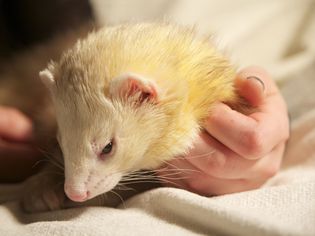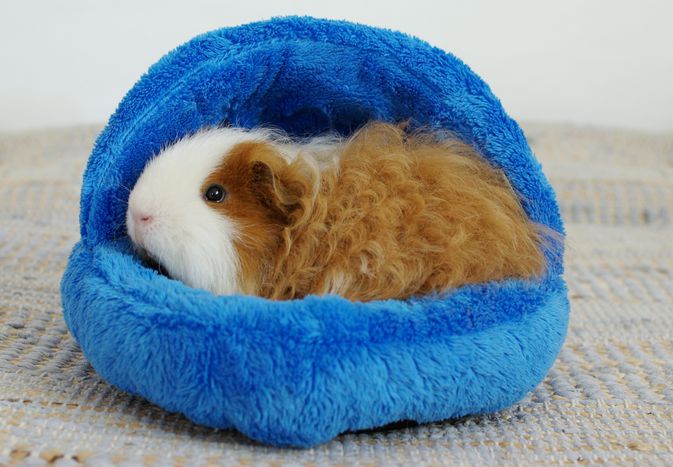
Crafting the Perfect Aquarium Community for Freshwater Fish
Creating a thriving freshwater community tank requires balancing species’ temperature, p...
Feline Lower Urinary Tract Disease (FLUTD) affects 1-3% of cats annually, causing pain, blockages, and potential kidney damage. Early intervention and proactive care are critical for your cat’s wellbeing.
Straining in Litter Box: Unproductive squatting lasting >30 seconds
Frequent Attempts: Visiting litter >5x/hour with minimal output
Blood in Urine: Pink-tinged or visibly bloody urine
Vocalization: Crying during elimination
Inappropriate Urination: Avoiding the box due to pain association
Excessive Licking: Focusing on genital area
Urgent Alert: Male cats exhibiting straining with zero urine output require immediate emergency care. Urethral blockages become fatal within 24-48 hours.
Wet Food Diet: Aim for >70% moisture content (canned/pouched food)
Water Stations: Provide 3+ water bowls per cat (stainless/ceramic)
Running Water: Use cat fountains; cats drink 2-3x more from moving water
Broth Boosters: Add sodium-free chicken bone broth to meals
Litter Box Protocol: # boxes = # cats + 1, placed in quiet zones, scooped 2x daily
Vertical Space: Install cat trees/shelves for safe retreats
Pheromone Diffusers: Use Feliway Classic in multi-cat households
Predictable Routines: Maintain consistent feeding/play schedules
Prescription Diets: For recurrent FLUTD, use vet-recommended urinary formulas (e.g., Hill’s c/d, Royal Canin SO)
Magnesium Control: Avoid fish-heavy diets high in magnesium crystals
pH Management: Target urine pH 6.2-6.8 (ask vet for urinalysis)
Daily Play: 15-min interactive sessions with wand toys
Puzzle Feeders: Slow eating and mental stimulation
Safe Hideouts: Provide cardboard boxes or covered beds
Vet Visit Within 24 Hours: For any symptoms beyond isolated accidents.
Diagnostic Essentials: Urinalysis, urine culture, abdominal ultrasound.
Medical Management:
Blockages: Emergency catheterization + IV fluids
Cystitis: Pain relief (Buprenorphine), anti-spasmodics (Prazosin)
Infection: Culture-guided antibiotics (avoid Amoxicillin overuse)
Post-Crisis Care:
Strictly follow prescription diet for 3-6 months
Monitor litter box use via journal or smart litter box
Schedule vet rechecks at 1/3/6 months
A 2018 Journal of Feline Medicine study found cats on multimodal prevention plans reduced FLUTD recurrence by 82%. Consistency in hydration, stress reduction, and vet partnership is key.
Pro Tip: Track water intake - healthy cats consume 20-40ml/kg daily. Use marked bowls or smart fountains to monitor.
“Whiskers’ blockage cost $3,200 in ER care. After switching to wet food/fountains and Feliway, he’s been flare-up free for 2 years.” - Sarah K., Maine Coon Owner
By implementing evidence-based prevention and responding swiftly to symptoms, you can significantly protect your cat from urinary distress and ensure long-term bladder health.

Creating a thriving freshwater community tank requires balancing species’ temperature, p...

Kittens are bundles of energy, curiosity, and—let’s face it—sharp little teeth and c...

Fleas can turn a peaceful household into a scratching nightmare. Commercial flea collars o...

When to Spay or Neuter Your Cat: Health Benefits ExplainedThe Optimal Timing for Cat Steri...

Have you ever considered keeping a cockroach as a pet? Madagascar hissing cockroaches, ot...

Not all pets have problems with their teeth but pet mice have unique teeth that can have ...

When it comes time for you to groom your ferret, you may need to search wide and low for ...

Many people who have never touched a pet hedgehog before wonder if hedgehogs are really p...

Guinea pigs are wonderful small pets, but many people don't realize there are over a ...
Comments on "Dealing with Feline Urinary Tract Problems: Prevention and Care" :